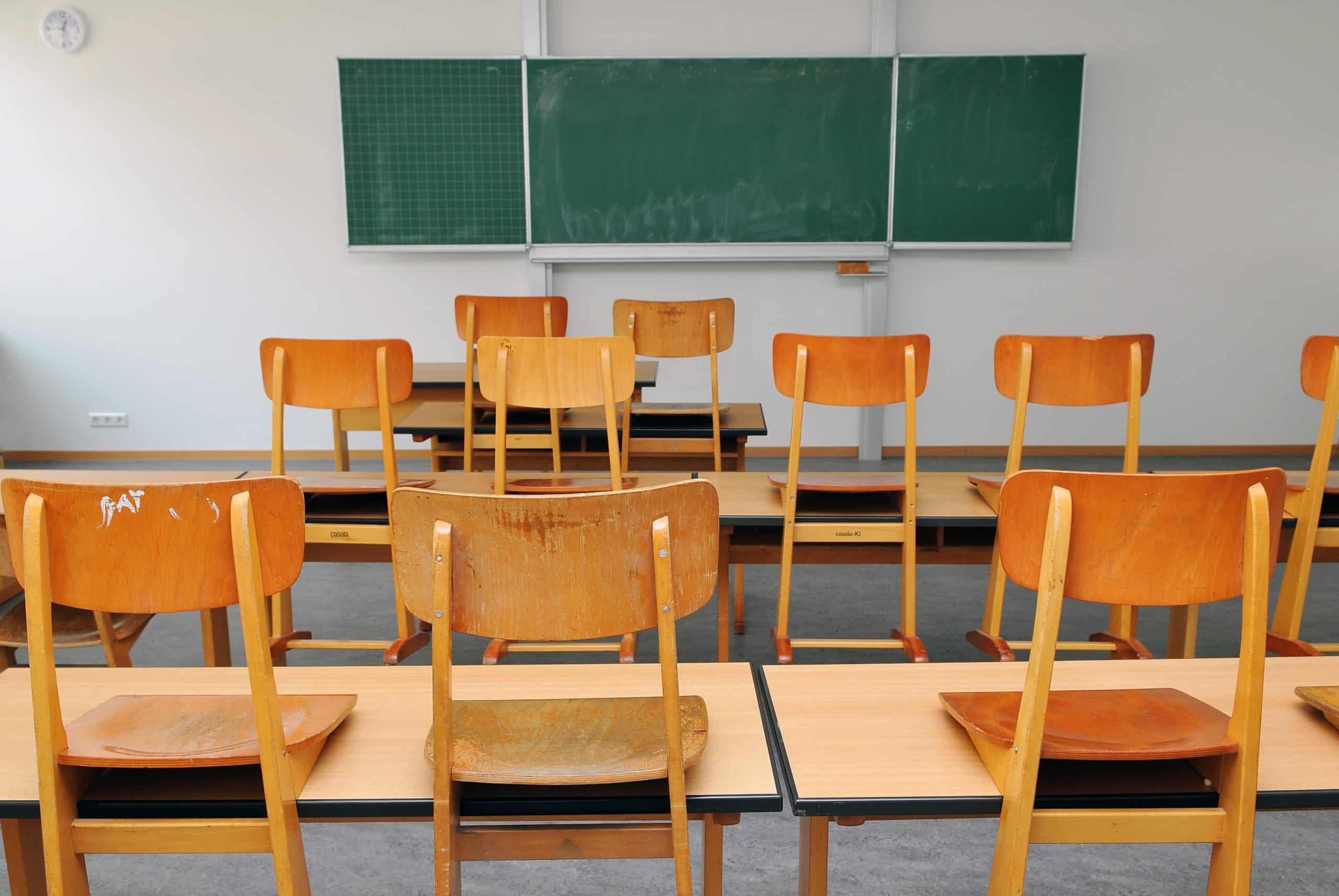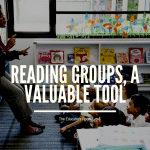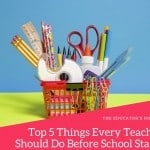When most of us think of a classroom, we think of the traditional setup: several rows of desks all facing a blackboard, projector, or whiteboard. If we’re really being daring, those desks might be in pods, or in stadium-style rows. Sometimes, we have…tables! But there is a new trend that has come back around recently, and that is alternative seating.
What is alternative seating and why does it matter?
Basically, alternative seating means the students in a classroom might not be using desks. They could use lap desks, beanbags, couches, rocking chairs, stools, high tables, coffee tables, blankets, restaurant booths, or comfy chairs. Basically, it’s an alternative to traditional classroom seating. It’s becoming a popular trend in classroom design. There are many websites that offer teachers help on creating their own alternative seating designs (if you Google it and check out DIY Alternative Seating, you will not be disappointed). It’s even being discussed as a strategy to help increase student engagement at all levels.
So, we should be doing it?
Goalbook Toolkit mentions alternative seating as one of several strategies to help students. They tell us “alternative seating is an effective strategy to facilitate the nervous system in regulating arousal state and helping stay focused.” Basically, it helps students stay focused.
It’s also seen in many classrooms as creating a home-like atmosphere. Teachers have reported that students feel more comfortable in rooms that have a form of alternative seating. When I was in elementary school, a few of the classrooms had couches in the reading nook. This made the room feel a bit cozier and created a space where we wanted to go read because it was comfortable to sit on the couch.
Classrooms that have alternative seating are not only comfortable, but they also look awesome. My mom has used alternative seating in her classroom and her students are more comfortable, which means they are able to focus more on their education. Plus, it really does look amazing. Between the animals and the pizza booth, it’s a place you want to go, and a place you want to learn.
Despite the many arguments against alternative seating, it gives students a choice about their learning environment. There are some parts of school students don’t have any choice. But, as teachers, we are trying to help them become responsible humans who can read, write, do math, and think critically. Making small choices, like whether or not to sit at the couch or on the beanbags can help students along that road. It also gives students a feeling of ownership over their education; they are playing an active role.
Why aren’t we all doing alternative seating?
If there are so many great benefits to gain from alternative seating, why aren’t we all doing it? For one, beanbags and couches are expensive. But I think part of it has to do with cleanliness. There is a lot of maintenance that goes into cleaning a couch. I teach English and have at least 150 students in my room every day. If I had a couch, I would be responsible for making sure that the couch was clean and safe for all 150 students. Custodians have enough to do and work hard enough without having to clean 40 couches every night.
There are as many articles online for “The Case Against Flexible Seating Articles” as there are for “DIY Alternative Seating Articles.” One point against flexible seating that stood out was just because kids want to do something, that doesn’t mean we should let them. That’s part of our job as adults.
Others point out that in the real world, you have to be able to focus even if your chair is uncomfortable. My desk chair at home is not as comfortable as my couch, but I’m still working at my desk. Most of these articles allow for a little leeway when it comes to seating. Sometimes, they say, we can sit on the floor or on a beanbag, but these are special occasions and should not be the norm.
Where does that leave us?
Honestly, I love alternative seating. It makes students comfortable and more engaged with the material and can help them learn more about responsibility. Despite that, both sides of this argument have compelling points.
Most of the articles I found that spoke against alternative seating said that it just didn’t fit with that teacher’s teaching style. Sometimes, in our rush help our students, I think we forget that we need to embrace our own unique style. What works for me might not work for the teacher down the hall, and that’s okay. Personally, I take a little bit from every PD I attend, creating my own unique style. Maybe that’s the solution to alternative seating?
For some classrooms, tables might be perfect. Some might do well with a couch in the corner near the bookshelf or two large beanbags. Others are just perfect with the rows or the pods. It depends on the teacher, and it depends on the students. Some students might feel like they need control over something, and others might just love the idea of reading while sitting on a beanbag.
[bctt tweet=”We can’t change our teaching style to fit the way our classrooms are arranged” username=””]
We can’t change our teaching style to fit the way our classrooms are arranged. That would be dumb, but we can arrange our classroom to fit our teaching style. If that includes alternative seating in some way, large or small, more power to you. I’m still trying to decide where to put the reading nook in my classroom, so I’d love to see some pictures.






